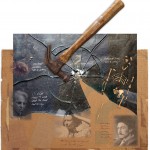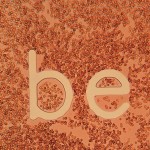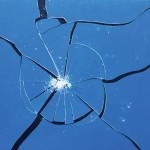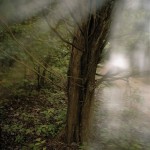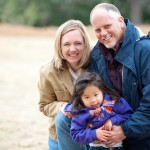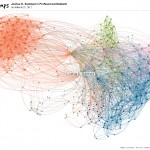Creativity can venture multiple versions
Neil Caudle
Ann Pegelow Kaplan’s photographic fictions
Ann Pegelow Kaplan, candidate for the master of fine arts, specializes in contemporary photography and digital arts but was trained as an anthropologist. Rather than pursue traditional scholarship in a narrowly defined specialty, she explores the connections between subjects.
Before coming to Clemson, Kaplan earned a master’s degree in ethnography and folklore, and she worked as a documentarian and museum curator. She admires the documentary and the exhibition, she says, because they both attempt to render a true presentation of reality, but she also wants to pursue creative forms often described as fictions, written or visual, and how they might present “an even truer representation of the world.”
Kaplan arrived at this idea through a blend of arts and sciences. In neurobiology, she found science documenting the ways in which we construct and interpret every moment of our experience. “We can’t really expect to truly know reality,” Kaplan says. “It’s not how we’re built. What we do know is our own experience of it—our personal curation of reality.”
In her photography, Kaplan presents multiple realities for a single location. A forest, a train, a seashore in Iceland—each appears in several versions.
“If different people can have varying realities, and multiple realities appear to be possible, then the difference between truth and fiction comes into question,” Kaplan says. “We wonder which reality is true and whose vision is most correct. The line between documentary and art becomes blurred.”


